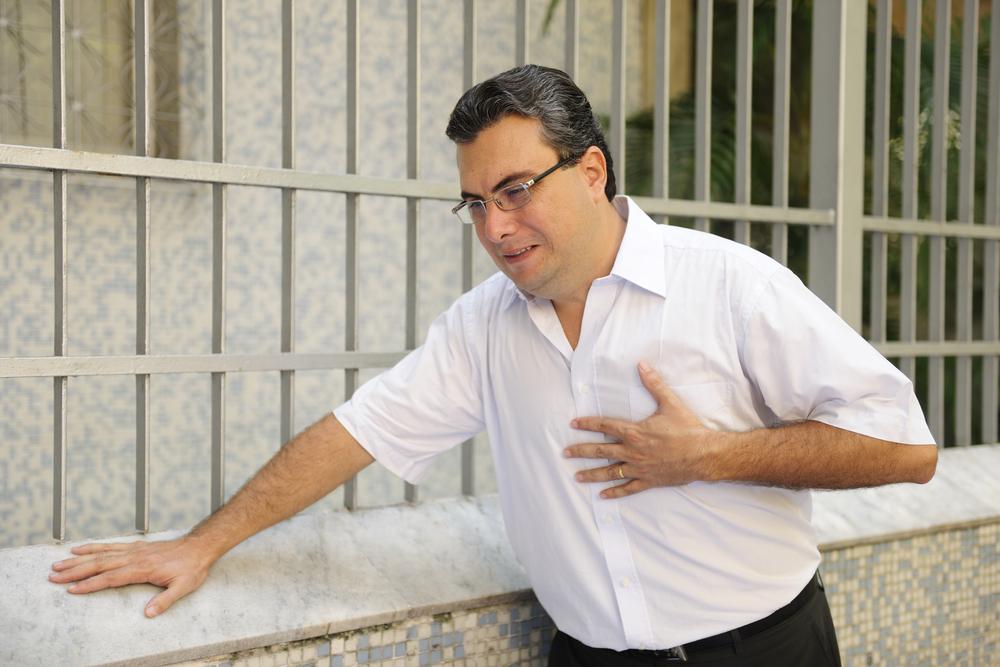
Treatment Options for Atrial Fibrillation (AFib)
Atrial fibrillation, more commonly known as AFib, causes the heart beat to become rapid and irregular when the atria (upper chambers in the heart) beat a opposite times to the ventricles (or lower chambers of the heart). This condition is diagnosed from stages one to 4, as follows:
Stage 1: or paroxysmal AFib, also called occasional AFib, may be transitory in nature, meaning it typically strikes in durations of minutes to hours before the heart rate becomes normal again.
Stage 2: or persistent AFib will not return to normal without emergency medical attention in the form of either drugs or electrical shock to return the heart rate to it’s natural, healthy state.
Stage 3: or long-standing persistent AFib cannot correct on it’s own and lasts in durations of a year of longer in length. Patients require either medications or cardioversion (an electrical shock device) used to maintain normal heart rhythm.
Stage 4: or permanent AFib refers to a permanently irregular heart rate that requires constant medication and monitoring by a doctor.
AFib may develop in some individuals due to the following influencers:
- Presence of a heart defect
- Chronic stress
- Post-heart surgery
- Heart valve damage
- Hypertension, or high blood pressure
- Untreated thyroid imbalance
- Sleep apnea, or
- Lung disease
AFib is often diagnosed when patients complain of these common symptoms:
- Heart palpitations
- Rapid heart rate
- Breathlessness, and
- Chronic fatigue
Patients with more advanced stages of AFib are considered at risk for blood clots and ischemia, stroke, heart failure, stroke without the following effective treatments:
1. Cardioversion
The use of electrical cardioversion (via paddles or patches that deliver an electric shock) or drug-induced cardioversion (anti-arrhythmic medication administered intravenously) are used to restore heart rate to healthy and normal.
2. Calcium channel and beta blockers
Common prescribed medications to manage AFib include combining doses of beta blockers and calcium channel blockers to help restore a healthy, normal heart rhythm.
3. Antiarrhythmic medications
Doctors will often prescribe drugs under the umbrella or anti-arrhythmics to prevent emergency AFib and keep heart rate normal. Drugs under names such as Flecainide, Dofetilide, Propafenone, and Sotalol are common, but may cause negative symptoms such as dizziness, nausea, and fatigue in some patients.
4. AFib surgeries
Several surgical options for AFib may be recommended when patients are unresponsive to prescription medications and cardioversion. Doctors may explore the following surgeries for advanced AFib patients:
- Atrioventricular node ablation: Also known as AV node ablation, this procedure first employs a catheter and radiofrequency energy to impede abnormal electrical impulses and then implants a pacemaker device to maintain a healthy heart rate.
- Catheter ablation: Is considered the least invasive AFib surgery, by inserting a catheter through the groin, blood vessels, and heart to surgically scar “hot spots” or areas of heart tissue causing mixed electrical signals to the heart.
- Surgical maze open heart surgery: Uses precise incisions (in a maze pattern) to stop abnormal electrical quivers in the atria (or upper heart chambers).
- Left atrial appendage closure surgery: inserts a device via a catheter through a vein in the leg and into the left upper chamber of the heart (or atria) in order to seal a sac and reduce the patient risk of blood clotting.


